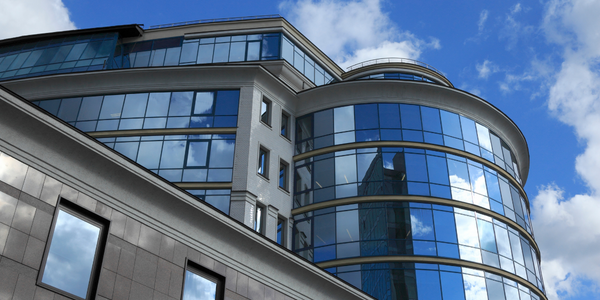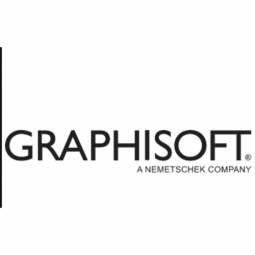Technology Category
- Robots - Collaborative Robots
- Sensors - Environmental Sensors
Applicable Industries
- Buildings
- Glass
Applicable Functions
- Product Research & Development
Use Cases
- Experimentation Automation
- Virtual Prototyping & Product Testing
Services
- Training
About The Customer
KOZ Architects is a Paris-based architectural firm founded by Christophe Ouhayoun and Nicolas Ziesel in 1999. The firm is known for its expressive and cheerful architecture, which is founded on discussion, experimentation, and 'creative democracy.' Over the years, KOZ Architects has participated in 75 competitions and tenders, winning 27 and building 18. The firm currently relies on a 13-member team and partners like PLAN01, a group of five architectural firms and an environmental study office. KOZ Architects is committed to driving social and environmental innovations through their work.
The Challenge
KOZ Architects, founded by Christophe Ouhayoun and Nicolas Ziesel in 1999, had been using 2D design software for their architectural projects. However, they found the process of designing a project in plan, then modeling it for communication, and making a specific model for thermal simulation to be inefficient and time-consuming. This challenge was particularly evident in their 'Tête en l’Air' project, which involved rehabilitating a social housing unit and creating 15 new wooden buildings. The project required a high level of detail and precision, which was difficult to achieve with 2D design software. Furthermore, the collaboration with carpenters, who think in 3D from concept to execution, highlighted the limitations of their existing 2D design tools.
The Solution
KOZ Architects decided to switch to Archicad, a 3D design software, in 2009. This transition was driven by the need for a more collaborative and efficient design process. Archicad allowed them to design in 3D, like the carpenters they often collaborated with, and facilitated communication with these carpenters. The software also enabled them to understand and model complex structures, such as wood structures, more effectively. Archicad's ability to handle different file types and its interoperability were also key factors in their decision. Since the switch, KOZ Architects has used Archicad in all phases of their projects, from conceptual design to execution. The software's features, such as the ability to draw elements in space with information, value, and thickness, have transformed their design process.
Operational Impact
Quantitative Benefit

Case Study missing?
Start adding your own!
Register with your work email and create a new case study profile for your business.
Related Case Studies.

Case Study
Energy Saving & Power Monitoring System
Recently a university in Taiwan was experiencing dramatic power usage increases due to its growing number of campus buildings and students. Aiming to analyze their power consumption and increase their power efficiency across 52 buildings, the university wanted to build a power management system utilizing web-based hardware and software. With these goals in mind, they contacted Advantech to help them develop their system and provide them with the means to save energy in the years to come.

Case Study
Intelligent Building Automation System and Energy Saving Solution
One of the most difficult problems facing the world is conserving energy in buildings. However, it is not easy to have a cost-effective solution to reduce energy usage in a building. One solution for saving energy is to implement an intelligent building automation system (BAS) which can be controlled according to its schedule. In Indonesia a large university with a five floor building and 22 classrooms wanted to save the amount of energy being used.

Case Study
Powering Smart Home Automation solutions with IoT for Energy conservation
Many industry leaders that offer Smart Energy Management products & solutions face challenges including:How to build a scalable platform that can automatically scale-up to on-board ‘n’ number of Smart home devicesData security, solution availability, and reliability are the other critical factors to deal withHow to create a robust common IoT platform that handles any kind of smart devicesHow to enable data management capabilities that would help in intelligent decision-making

Case Study
Protecting a Stadium from Hazardous Materials Using IoT2cell's Mobility Platform
There was a need for higher security at the AT&T Stadium during the NFL draft. There was a need to ensure that nuclear radiation material was not smuggled inside the stadium. Hazmat materials could often be missed in a standard checkpoint when gaining entry into a stadium.

Case Study
Commercial Building Automation Boosts Energy Efficiency
One of the challenges to building automation is the multitude of non-interoperable communications protocols that have evolved over the years. Buildings have several islands of automation. Bridging the islands of different automation without losing the considerable investment in each specialized control network is the main focus in this solution.








